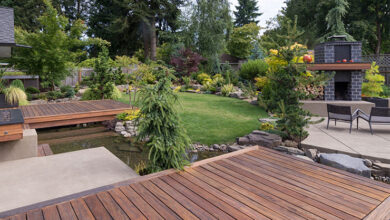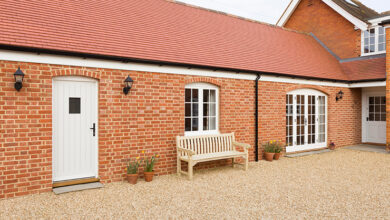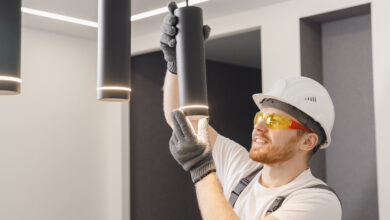How much does a new conservatory cost in 2025?
The costs in this guide are accurate as of 2025*

If you want or need more space in your home, a conservatory is a great way to get it. They’re used for a wide range of things, from dining areas to sunrooms, offering you a lot of creative licence.
A conservatory gives you more space to create a room you’ll love. They’re often cheaper than alternative methods of expanding your home, such as through extensions or loft conversions, and they can add over £13,000 to the value of your property. Usually built to the rear of your house, conservatories are sunlit rooms that merge your outdoor and indoor space together.
The average cost of a new conservatory is between £30,000 and £40,000. How much you end up spending on your conservatory will depend on its size and the materials you’re thinking of using.
Where you live in the UK will also impact costs, with prices being higher in London and the South East, sometimes by as much as 20% on average.
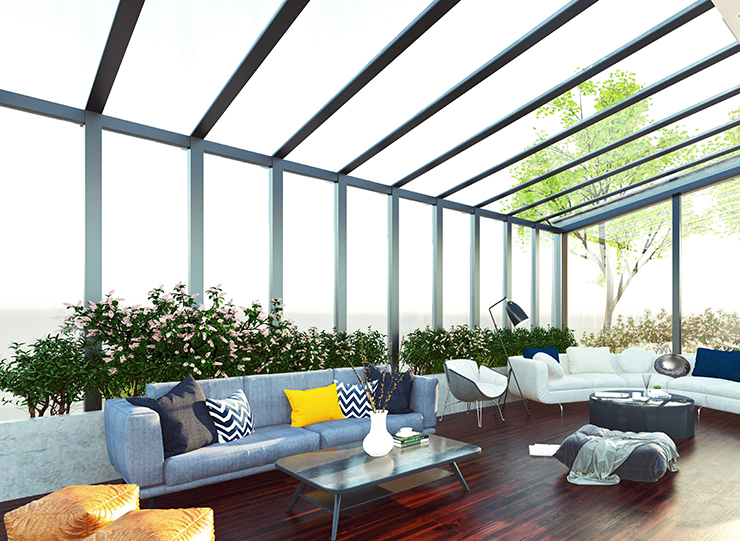
To help you get a sense of how much you might spend, we’ve included a range of prices, from more budget-friendly installations to upper end, premium conservatories, as well as some average prices.
The prices in this guide will always clarify where a sum includes cost of labour and materials, and where the prices refer to them separately.
What are the different types of conservatories?

The main types of conservatories you can get in the UK are:
Lean-to conservatories
Often, lean-to conservatories are the most affordable option. They have a single sloping roof that varies in height and length. Lean-to conservatories are good for homes with low rooflines or small gardens.
Victorian conservatories
Introduced in the late 1800s, these gothic style conservatories have an apex roofline and a faceted front. These are well-suited for traditional houses with a sufficiently high roofline.
Edwardian conservatories
Edwardian conservatories are usually square or rectangle shaped and maximise the amount of space you get from building a conservatory. They suit traditional properties, giving you the classical feel of a Victorian conservatory, but with more space.
Gable-end conservatories
Gable-end conservatories have a gable-end, upright roof that reaches upwards, adding extra height to the inside space. They suit both traditional and more modern properties and can fit well into low rooflines if you opt for a hip-back roof, such as for a bungalow conservatory.
When it comes to layout, you can get P-shaped, T-Shaped, or L-Shaped conservatories, depending on how much space you have, and where that space is (for instance, to the left or right side of your property). These are generally the largest kinds of conservatories.
Or you could get an orangery. They tend to be more expensive than conservatories because they’re usually built out of bricks and have a more solid roof structure (but this also makes them more energy efficient, saving money on heating bills).
If you already have a good idea of the kind of conservatory you want to get, let us know what you have in mind and get a free quote today.
What is the average cost of a conservatory?
The average cost of a new conservatory is between £32,000 and £43,000.
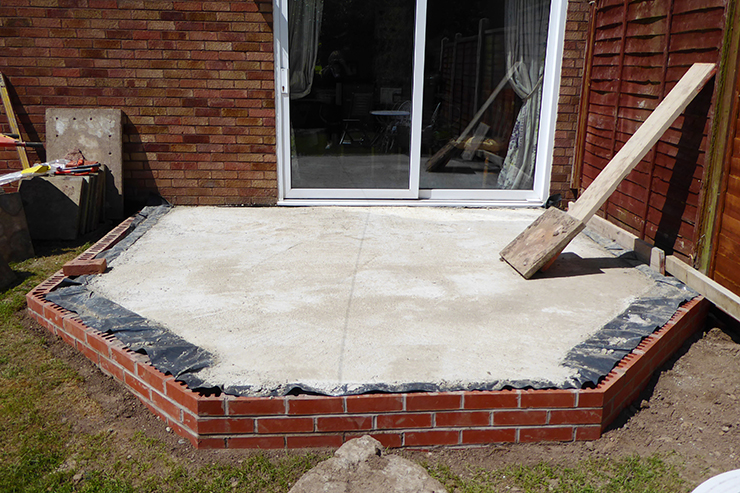
The most important thing to consider before you hire tradespeople to build your conservatory, is what you plan to use that space for. Do you just want to relax in it, or have you got a practical purpose for it, like an office or a dining area?
Where you place your conservatory is also important, as north facing conservatories get very cold in the winter, whilst south facing conservatories get really hot around midday. Whether you install underfloor heating or blinds and other cooling options will depend on this, though where you build your conservatory will be restricted by the layout of your home.
How much you end up spending on your conservatory depends largely on what materials you want it to be built from, and whether you opt for a dwarf wall (a low wall built at the base of your conservatory). How big you want it, and in what design, will impact costs as well. The cheapest conservatories can cost as little as £20,000 whilst larger, more elaborate designs can reach over £60,000.
The most common roof materials for conservatories are glass, tiling, or polycarbonate. The most common frame materials used for conservatories are fully glazed, uPVC, or wood. Orangeries are usually built out of bricks.
When it comes to materials, your budget will be a big determining factor, but you should be careful to pick a material that integrates well with your home. A PVC conservatory, for example, would not work well with a period home. Make sure you research your options before you decide.
A conservatory can take anywhere between two and five weeks to build.
Close section ↑How much should a lean-to conservatory cost?
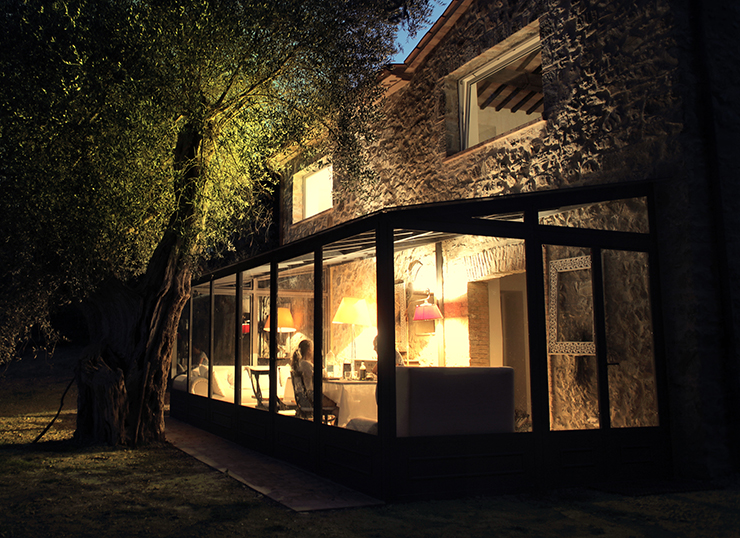
Lean-to conservatories tend to be the cheapest type you can buy, though they’re usually also the smallest.
For an average sized (3500mm by 3500mm) lean-to conservatory, you could pay anywhere between £28,000 and £36,000, depending on what materials you want it made of. Low budget lean-to conservatories can be built with as little as £16,000 – £20,000, whilst premium costs reach £50,000+.

Victorian conservatories take up to a month to build, and don’t usually require planning permission (if your conservatory is no bigger than four metres tall and three metres wide).
For an average sized (3500mm by 3500mm) Victorian conservatory, you could pay anywhere between £30,000 and £40,000, depending on what materials you want it made from.
A wood frame Victorian conservatory with a glass roof would cost you between £38,000 – £44,000, depending on size, though you could also opt for a polycarbonate, which is cheaper, lowering costs to between £34,000 and £38,000. Tiled roofing is the most expensive of the three materials, costing upwards of £42,500 for a 3500 x 3500 conservatory.
How much does an Edwardian conservatory cost?
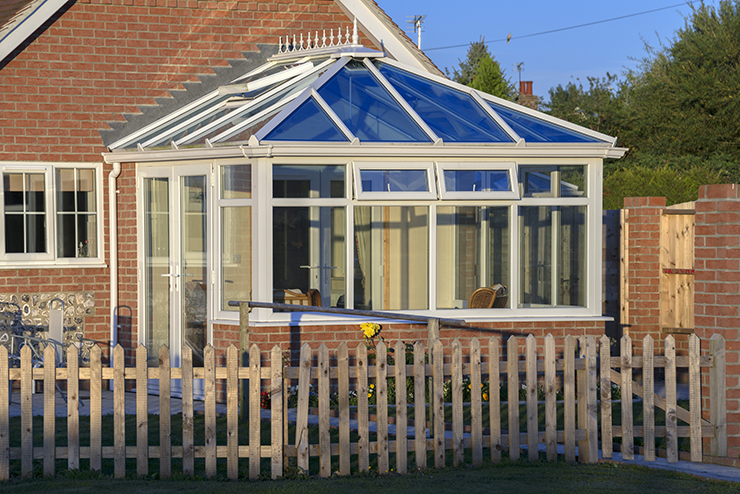
Edwardian conservatories take up to a month to build, and do not require planning permission (if the conservatory is less than four metres tall and three metres wide).
For an average sized (3500mm by 3500mm) Edwardian conservatory, you could pay anywhere between £29,000 and £37,000, depending on what materials you want it made of. The average cost of a new Edwardian conservatory is between £33,000 and £34,000. Your location also impacts labour costs.
A wood frame Edwardian conservatory with a glass roof would cost you between £34,000 – £35,000, depending on size, though you could also opt for a polycarbonate roof, which is cheaper, lowering costs to between £28,000 and £32,800. Tiled roofing is the most expensive of the three materials, costing upwards of £36,500 for a 3500 x 3500 conservatory.
How much does a gable-end conservatory cost?
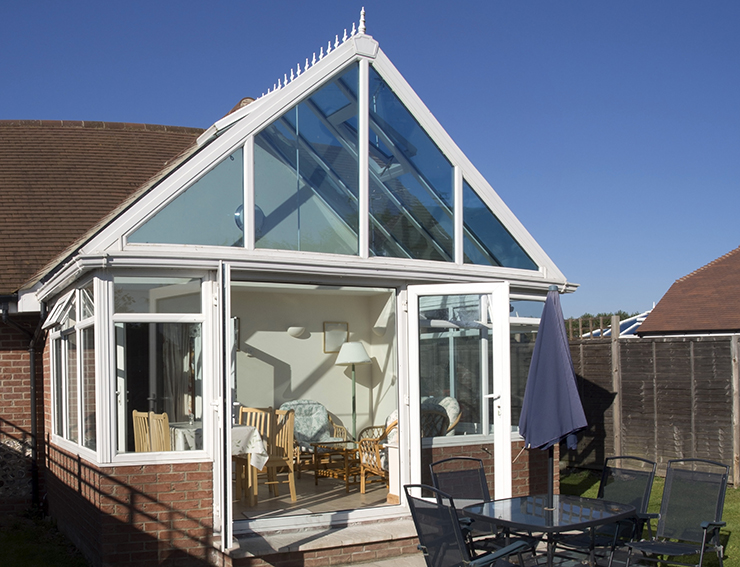
Gable-end conservatories are a modern take on the Edwardian conservatory style and come in a range of prices. The average gable-end conservatory will cost you between £30,000 and £35,000, depending on size. Budget prices are around £20,000 – £25,000.
They can take up to a month to build, and do not require planning permission (if your gable-end conservatory is less than four metres tall and three metres wide). Their high vaulted roof offers a lot of natural light and space.
Tiled roofing is the most expensive of the three materials, costing upwards of £37,000 for a 3500 x 3500 conservatory.
How much does a T-shaped conservatory cost?
T-shaped conservatories have one long lean-to, and a middle section that stretches out into your garden and usually have a pitched roof, like the one on an Edwardian conservatory. They’re particularly well suited for larger, detached properties, and offer a lot of additional space.
The average cost of a T-shaped conservatory is between £35,000 and £40,000, depending on size and your choice of materials.
T-shaped conservatories allow you to add space, but without giving up too much of your garden either, making them a good compromise between garden and home space.
How much does an L-shaped conservatory cost?
The average L-shaped conservatory costs somewhere between £34,000 and £40,000, depending on how big you want your conservatory to be, and the materials you want it built out of.
L-shaped conservatories are good for homes with large rear space. They work well with all kinds of properties because they blend traditional and modern styles together.
How much does a P-shaped conservatory cost?
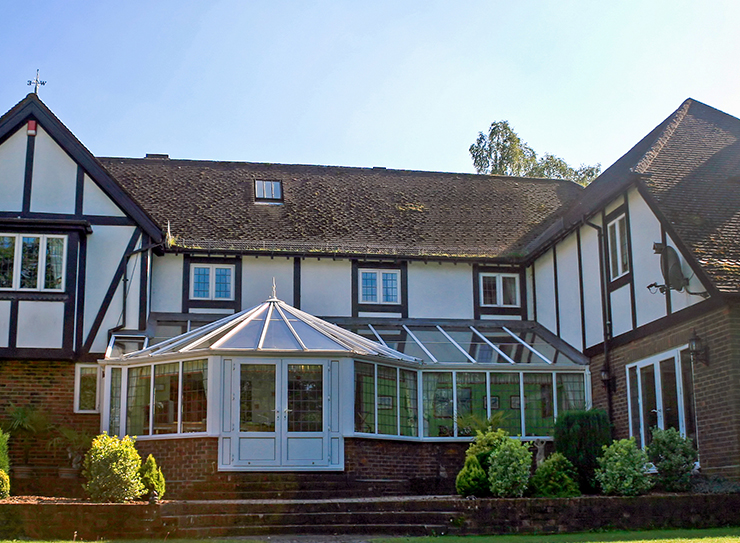
On average, a P-shaped conservatory could cost between £35,000 and £39,000 to buy and have installed.
P-shaped conservatories are a lean-to that leads onto a bay fronted area to one side. They can have up to seven glazed panels. This type of conservatory is also highly personalised when it comes to their shape and design. They’re usually suited to larger homes.
The great thing about P-shaped conservatories is that you can divide the inside space into two areas, giving you further creative licence on how you choose to use your added space.
How much should an orangery cost?

Orangeries can cost upwards of £80,000, or as little as £45,000, depending largely on what size you want it to be. The materials will also affect costs. The average orangery costs between £50,000 and £55,000 but can range depending on where you live in the UK.
| Orangery width | Average lower range | Average upper range |
| 4m | £46,000 | £48,000 |
| 5m | £51,000 | £54,000 |
| 6m | £59,000 | £63,000 |
| 7m | £64,000 | £69,000 |
| 8m | £67,000 | £75,000 |
The main difference between a conservatory and an orangery is that orangeries are more substantial, sitting somewhere in between a conservatory and a proper extension. They’re usually built out of brick pillars and have a solid roof, which can either be made of glass or be fully tiled like a standard roof.
It can be hard to pick between a conservatory and an orangery, as both have pros and cons. If you aren’t sure which would be best for you, consider:
| Pros of a conservatory | Cons of a conservatory |
| There are loads of different designs and styles to suit every type of home, and conservatories are also highly customisable Allow lots of natural light to enter your home Basic conservatory options are much more affordable than orangeries | Conservatories are prone to getting really cold in the winter and really hot in the summer, so you’ll need to properly insulate yours with the right frames, glazing, and insulating roof Depending on the layout of your home, conservatories sometimes offer less privacy since they are usually built primarily out of glass Conservatories have a high carbon footprint |
On the other hand, orangeries:
| Pros of an orangery | Cons of an orangery |
| Their brick base structure helps them blend in better with your property Often more energy efficient than conservatories and other extension types Tend to add more value to your home than conservatories Considered more elegant and aesthetic than conservatories | Though you can get orangeries with large windows, they usually offer less natural light than conservatories On average, orangeries cost more to build than conservatories Often require more upfront design work than conservatories to ensure that your orangery fits in well with the rest of your home |
Your choice between a conservatory and an orangery will also be determined by what you want to use the space for. Orangeries are better suited for practical spaces like kitchens, though they will of course offer a worse view of your garden than a conservatory might.
Does a conservatory need a dwarf wall?
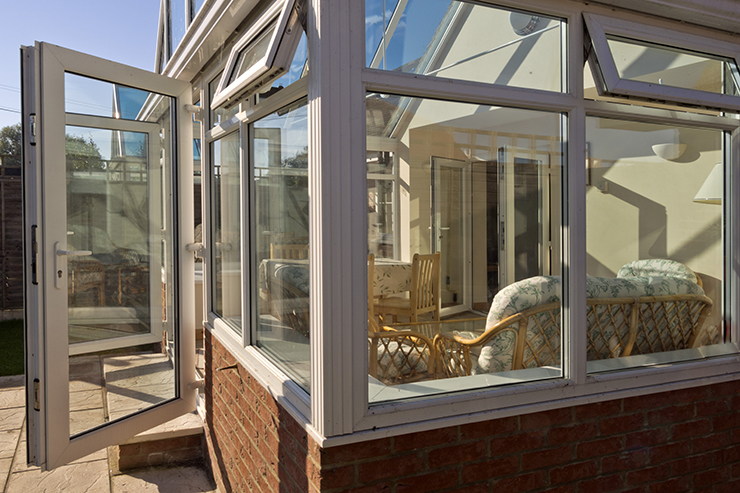
You can choose to get a dwarf wall installed in your conservatory to provide a stronger support for the frame, which is especially important if you want a thick piece of glass or a tiled roof on your conservatory. They extend from the ground by about a metre and are the most popular choice for homeowners.
They can be incorporated into all conservatory designs and are a fairly standard feature of most conservatories. They also help to keep your glass clean from dirt and dust on the floor.
Otherwise, you can choose to opt for a fully glazed conservatory instead. These are fashionable and are considered very aesthetic thanks to their top to bottom glass facades. However, they’re less safe when it comes to security breaches, and are also less well insulated than dwarf walls. To ensure neither of these things becomes a problem, you may need to invest in a thicker glass to keep the heat in, and the intruders out.
Dwarf walls are more expensive than fully glazed but they’re more secure.
Close section ↑Conservatory groundwork

The ground underneath your conservatory needs to be prepared to support the structure, both in terms of excavations, and levelling the ground to make sure it’s secure. It also needs to be properly damp-proof and insulated, in accordance with Building Regulations.
How deep your foundations need to be, and what materials you will choose should be assessed before you buy materials or hire tradespeople. You can do this by getting a site survey done on your property.
How much you spend on your groundworks will depend on how deep your foundations are, and the materials used. Steel and concrete are popular options. The groundworks will often be included in your package, so make sure you check when you ask for quotes. Let us know what you’re looking for and get some free quotes today.
You also need the correct drainage for your conservatory, so that it’s connected to the main water supply. Installing the right pipework usually costs between £800 – £1,200 but can vary depending on the extent of the project requirements.
Close section ↑How big can a conservatory be without planning permission?
If you want to avoid having to apply for planning permission in order to be able to build your conservatory, then the new build needs to fall under permitted development rights.
This means that:
- Only half the area of the land around your home can be covered by the conservatory
- Your conservatory can’t be higher than the highest part of the roof on your home / higher at the eaves than the existing eaves
- Your conservatory can’t create an alteration to your roof
- Your conservatory can’t be built forward of the ‘principal elevation’, or where it fronts a highway, the ‘side elevation’
For the full set of requirements, visit the Planning Portal website, or contact your Local Planning Authority before you hire tradespeople to begin work on your new conservatory.
Close section ↑How much does it cost to put underfloor heating in a conservatory?
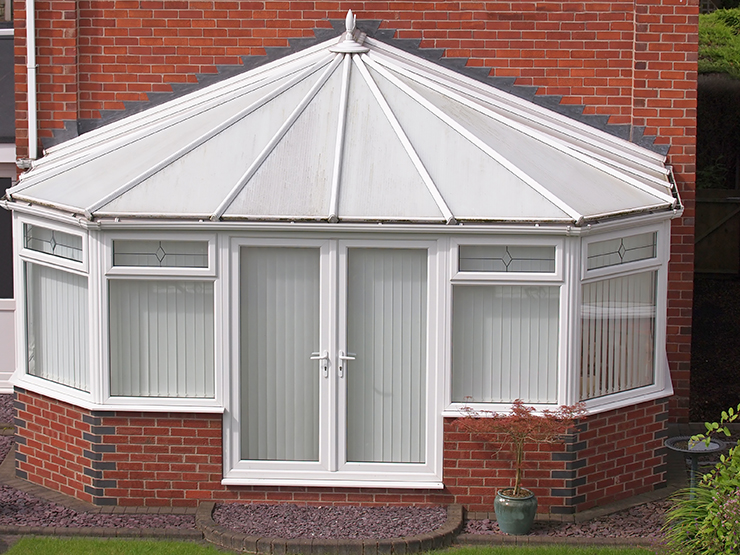
Underfloor heating costs between £1,200 and £5,000, depending on the type of underfloor heating you want installed, and the size of the floor you want fitted. Check out our underfloor heating cost guide for more information.
For an accurate quote on how much it can cost you to install underfloor heating in your conservatory, tell us the dimensions of the room, and get a free quote today.
How can I heat my conservatory cheaply?
If you don’t want to install underfloor heating, there are other options available to keep your conservatory warm, especially during the winter months.
You could…
- Install radiators – a large living room radiator costs anywhere between £280 and £550 to buy and install, depending on the quality of materials, and where you live in the UK
- Buy electric panel heaters – they usually cost upwards of £60 per panel
- Buy electric blankets – these start from around £15 – £20
- Have an internal insulated roof installed – this costs between £1,000 and £2,000 to install. Roof insulation panels usually cost between £2,500 and £6,000
- Insulate the floor with a large rug or hire a carpet fitter to put a carpet into your conservatory – a basic carpet will cost £13 per m2 to install, an average priced carpet will cost around £28 per m2 to install, and a luxury carpet will cost £50 per m2 to buy and install. For a 3m x 3m room, a new carpet would cost roughly £117 – £252 – £450, according to lower – average – and upper ranges
- Install some blinds – this is a popular solution, that costs roughly £1,500 (£1,000 – £2,000)
How much does it cost to replace a conservatory roof?
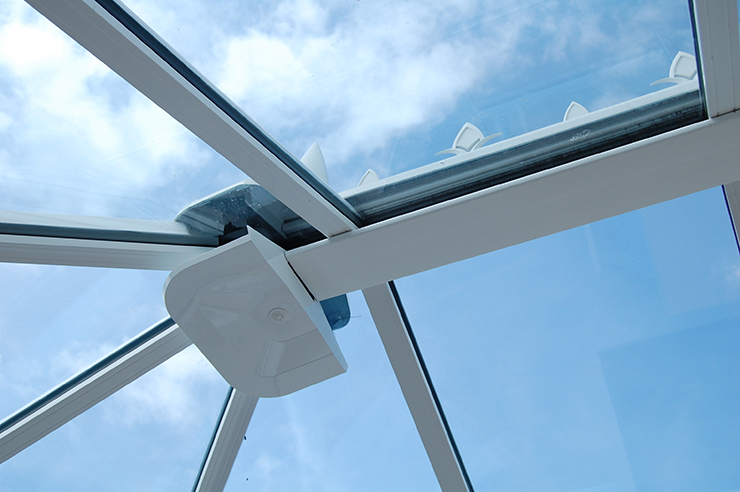
If you already have a conservatory, and are only looking to replace the roof, then these are some ballpark prices for what you might pay for the installation:
The average cost of a 4m x 4m polycarbonate roof replacement is between £6,000 and £13,000.
The average cost of a 4m x 4m glass roof replacement is roughly £14,500, or anywhere from £9,500 to £20,000.
The average cost of a 4m x 4m tiled roof replacement is around £17,000.
It’s usually more cost-efficient to replace your conservatory roof rather than the whole conservatory. Getting a properly insulated, new conservatory roof can significantly reduce your energy bills.
Close section ↑How much does it cost to replace conservatory guttering?
If you already own a conservatory, you may be looking to have some work done on your conservatory gutters. Some common jobs include:
- Around £100 per gutter joint (4m length)
- Around £600 to replace a cast iron gutter
- Around £350 to replace a PVC gutter (4m length)
- Around £75 to fit a new leaf guard (2m length)
- Around £60 for a new stop end
- Around £50 to rejoin a gutter to a downpipe
Is a conservatory cheaper than an extension?
A conservatory will almost always be cheaper than an extension (of the same size). Prices will always vary according to the complexity of the build, its structure, and the quality of the materials you use.
Whether you get an extension or a conservatory largely depends on what you want to do with the added space. Conservatories are great for most home renovation projects, including adding new dining rooms, libraries, offices, home gyms, and a lot more.
If you’re looking to add a new bedroom (recognised as one of the best ways to add value to your home) or a new bathroom, then an extension might be the better option for you. Head over to our home extension guide to take a look at prices for a range of different extension types.
Close section ↑How to save money on a conservatory
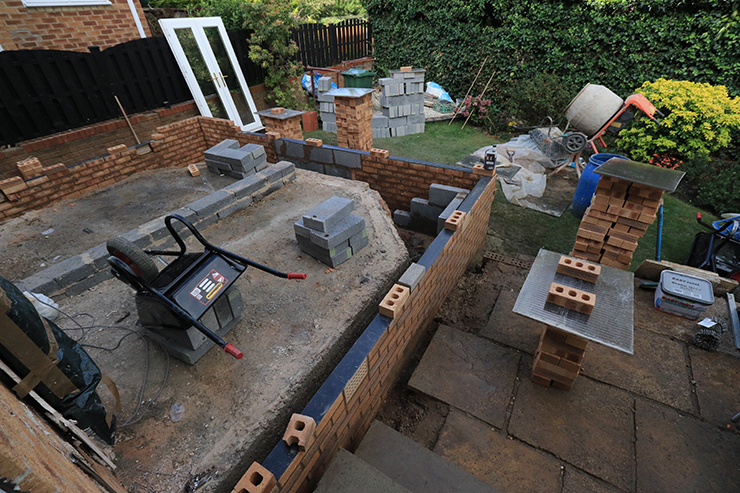
If you’re trying to budget for a new conservatory, here are five simple tips you can follow to save money on your new extension:
- Choose materials that will save you money down the line – this isn’t just referring to durable materials that are less likely to lead to replacement costs, but also energy-efficient materials, like double glazing, that will help insulate your conservatory, reducing your energy usage and spending. Often, spending a little more on your materials will ramp up the costs in the short-term, but will save you money in the long term, helping you be more environmentally friendly, whilst minimising the cost of repairs.
- Make sure you thoroughly plan ahead – knowing exactly what you want and need will help you avoid spending money on unnecessary add-ons and will cut the overall waste of your project. One example of this is thinking about how many sockets you will need in your conservatory. If you’re building a dining room conservatory, then you might need fewer than you would if you were using the space for a games room, or a living room, where more sockets are useful.
- Request several quotes – the best way to get your money’s worth for a new conservatory is to shop around for multiple quotes before you settle on your builders and materials. Knowing the lower and upper cost brackets for your specific project is a good idea when it comes to planning for your new conservatory.
- Use your space efficiently – the larger your conservatory, the more you will spend, but using your available space wisely can help you maximise the ‘feel’ of the total space you get, without raising the prices too much. Hiring an architect can help you do this, as they can draw up a floor plan that will make the most of your situation.
- If you already have a conservatory, and you’re thinking of replacing it, then just replacing the roof rather than the whole thing can save you a lot of money. If you’re in this position, reusing the parts of your conservatory that are still in good working order is another great way to save money on materials.
Conclusions
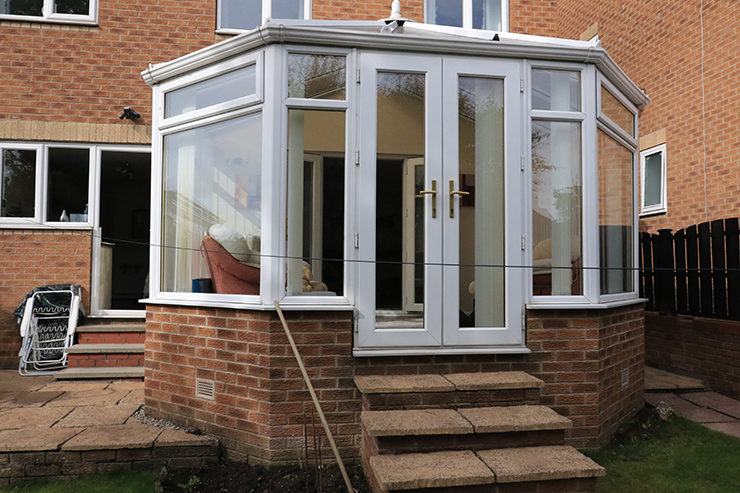
Adding a conservatory could increase the value of your property by over £13,000! Not to mention that it will add space to your home, with a huge range of potential ways for you to utilise that extra room.
How much you end up spending depends largely on the size of your conservatory, as well as your choice of design and materials. Where you live in the UK will also impact costs, with cost of labour higher in London and the Southeast.
That’s why the prices in this guide are a ballpark average. For a more accurate sum, let us know what you have in mind, and get some free quotes today.
*The Rated People cost guides are produced in collaboration with the quote-building platform PriceBuilder, and a range of tradespeople across the 30+ trades on our platform were consulted. Please note that the prices included are for guidance only – how much you end up spending will depend on the specific requirements of your project.
